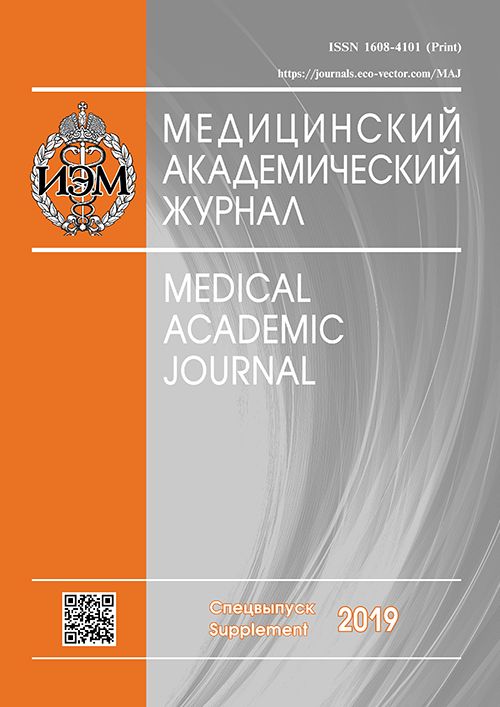THE DEVELOPMENT OF NEUROINFLAMMATORY PROCESSES IN RATS IN EARLY POSTNATAL ONTOGENESIS AFTER PRENATAL HYPERHOMOCYSTEINEMIA
- Authors: Shcherbitskaia AD1,2, Vasilev DS1, Tumanova NL1, Milyutina J.P2, Zalozniaia IV2, Arutjunyan AV2
-
Affiliations:
- I.M. Sechenov Institute of Evolutionary Physiology and Biochemistry Russian Academy of Sciences, Saint Petersburg
- The Research Institute of Obstetrics, Gynecology and Reproductology named after D.O. Ott, Saint Petersburg
- Issue: Vol 19, No 1S (2019)
- Pages: 234-235
- Section: Articles
- Published: 15.12.2019
- URL: https://journals.eco-vector.com/MAJ/article/view/19415
- ID: 19415
Cite item
Abstract
Keywords
Full Text
About the authors
A D Shcherbitskaia
I.M. Sechenov Institute of Evolutionary Physiology and Biochemistry Russian Academy of Sciences, Saint Petersburg; The Research Institute of Obstetrics, Gynecology and Reproductology named after D.O. Ott, Saint Petersburg
D S Vasilev
I.M. Sechenov Institute of Evolutionary Physiology and Biochemistry Russian Academy of Sciences, Saint Petersburg
N L Tumanova
I.M. Sechenov Institute of Evolutionary Physiology and Biochemistry Russian Academy of Sciences, Saint Petersburg
Ju P Milyutina
The Research Institute of Obstetrics, Gynecology and Reproductology named after D.O. Ott, Saint Petersburg
I V Zalozniaia
The Research Institute of Obstetrics, Gynecology and Reproductology named after D.O. Ott, Saint Petersburg
A V Arutjunyan
The Research Institute of Obstetrics, Gynecology and Reproductology named after D.O. Ott, Saint Petersburg
References
- Vasilev DS, Dubrovskaya NM, Tumanova NL, Zhuravin IA. Prenatal Hypoxia in Different Periods of Embryogenesis Differentially Affects Cell Migration, Neuronal Plasticity, and Rat Behavior in Postnatal Ontogenesis. Front Neurosci. 2016;31(10):126.
- Shcherbitskaya AD, Milyutina YuP, Zaloznyaya IV, et al. The Effects of Prenatal Hyperhomocysteinemia on the Formation of Memory and the Contents of Biogenic Amines in the Rat Hippocampus. Neurochemical Journal. 2017;11(4):296-301.
- Rakic P. Specification of cerebral cortical areas. Science. 1988;241:170-176.
- Kraft AD, Harry GJ. Features of microglia and neuroinflammation relevant to environmental exposure and neurotoxicity. Int J Environ Res Public Health. 2011;8:2980-3018.
Supplementary files







